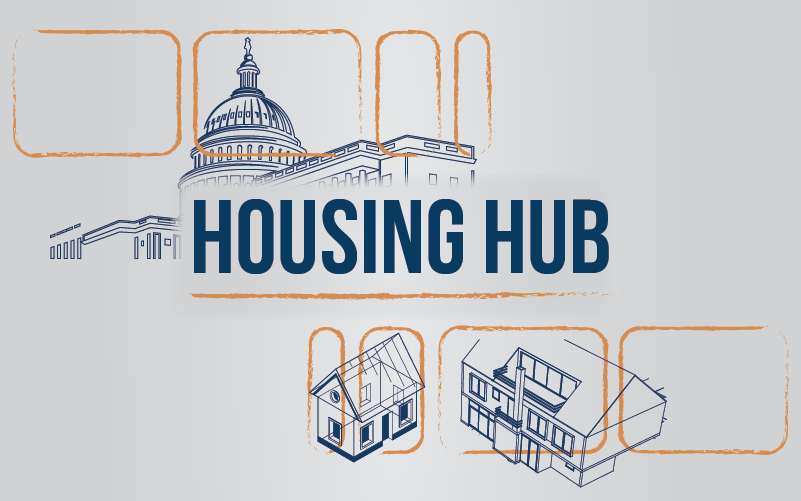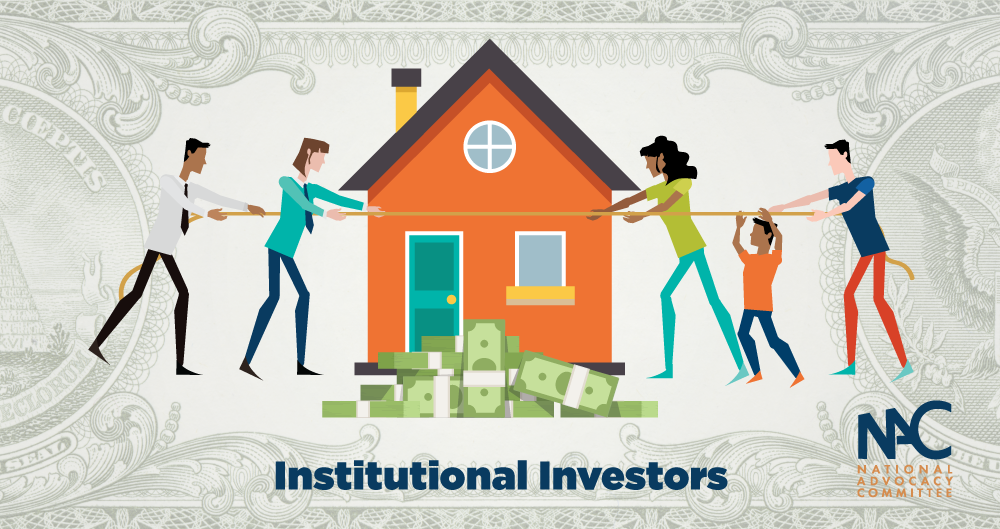What do we do about institutional investors?
Celebrating NAHREP familia, cultura, politics, and grassroots action
April 21, 2022
Qué onda mi gente?!
Let’s talk about institutional investors. I’ve heard from many of you that this is increasingly becoming a problem in your markets. Investors are sweeping up the little housing stock there is for first-time homebuyers. In fact, in the third quarter of 2021, investors bought up a record number of properties nationwide: a total of 90,215 units worth $63.6 billion, the vast majority of which (74.4 percent) were single-family homes. This trend was highly pronounced in counties with high Latino populations.
The problem is, we don’t know who these investors are. Are they mom-and-pop investors? Are they foreign investors? Or, are they Wall Street types, such as BlackRock? We also don’t have data on what they are doing with these homes after they purchase them.
Over the past few weeks, I’ve been meeting with housing experts to get to the bottom of this issue. Here are some ideas that have come out of those conversations:
- Improve rehab funding: Laurie Goodman from the Urban Institute, who has predicted that Latinos will account for 70% of new homeowners over the next 20 years, has noted that institutional investors are purchasing homes that require a significant amount of work. Entry-level, first-time homebuyers don’t have the money to make those repairs. In this case, one solution could be increasing the funding available that owner-occupants could access for rehabilitation costs. While I agree, I think the bigger problem is that these institutional investors are purchasing these homes in cash. Unfortunately, even with adequate funding, first-time homebuyers can’t compete with cash.
- Increase transparency on foreign investments: Foreign investors often purchase properties as an investment, but don’t actually rent them out. We’ve heard this has become a trend in various markets, but we don’t how many investors fall into this category. What are you seeing in the market? Canada, which is facing similar levels of home price appreciation as we are, just issued a ban on foreign investors purchasing real estate for the next two years. It will be interesting if that makes any difference.
- Institute a waiting period: One of the benefits of a cash buyer, from a seller’s perspective, is that the transaction happens very quickly. Since time is money, some sellers will take a lower cash offer in order to speed up the closing date. One idea to remove this incentive in favor of cash buyers is to institute a waiting period, creating a more equal playing field for buyers who are financing their purchase.
- Mandate owner occupancy for 2 years: Cities and states that have seen some of the most aggressive investor purchase rates could institute a cap for new single-family rentals or an owner-occupancy mandate.
All of these are ideas and I’d like to hear some more from all of you. What are you seeing in your market and what do you think is the solution?

About Noerena Limón
Noerena Limón is NAHREP’s Executive Vice President of Public Policy and Industry Relations. Noerena heads the organization’s policy and advocacy efforts on issues ranging from homeownership, housing inventory, credit access and immigration.
Prior to joining NAHREP, Noerena spent six years at the Consumer Financial Protection Bureau (CFPB) and served as a political appointee under President Obama in the White House Office of Political Affairs.




